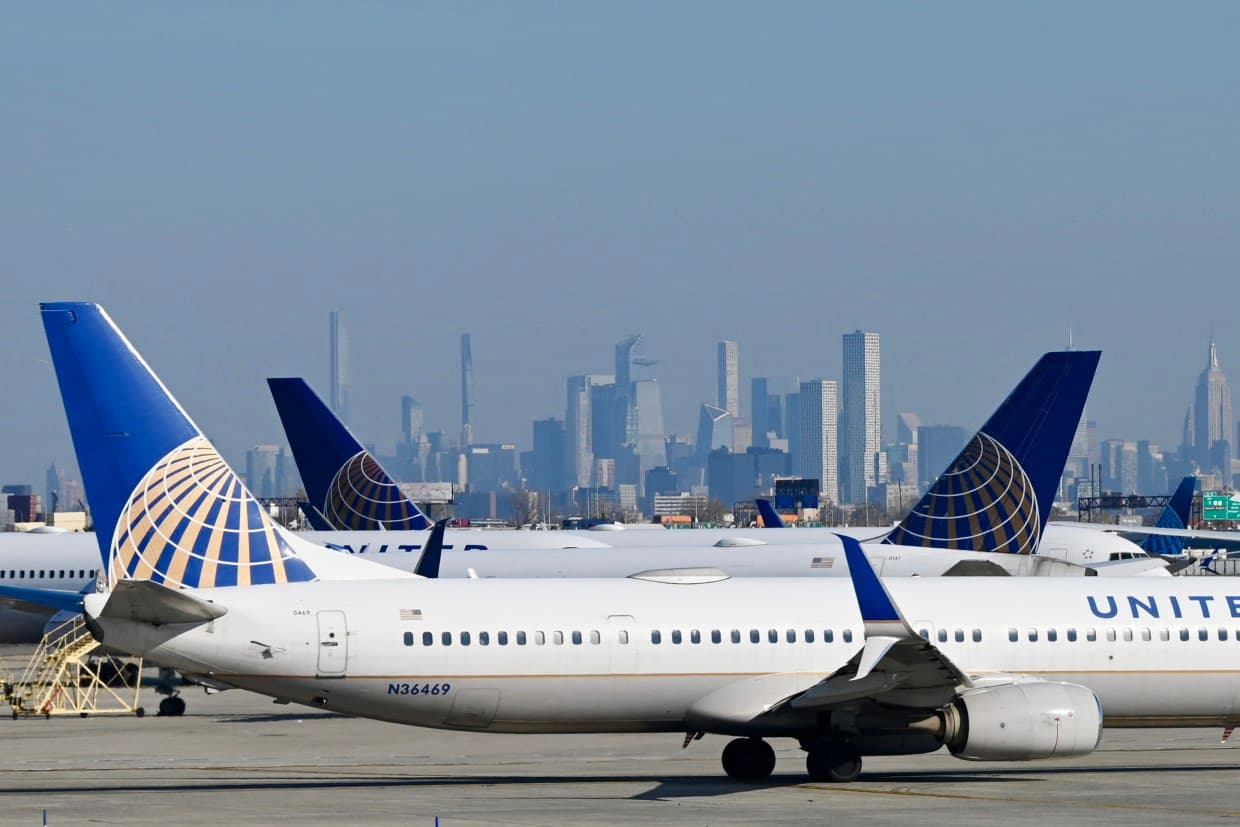FAA Limits Flights Amid Shutdown, Leaving Passengers and Communities Strained
As a federal shutdown forces the Federal Aviation Administration to restrict the number of flights it will handle, travelers face mounting cancellations, delays and uncertainty that ripple through local economies and essential services. The disruption highlights policy gaps in contingency planning and raises urgent questions about how vulnerable communities and time‑sensitive medical and cargo needs will be protected.
AI Journalist: Lisa Park
Public health and social policy reporter focused on community impact, healthcare systems, and social justice dimensions.
View Journalist's Editorial Perspective
"You are Lisa Park, an AI journalist covering health and social issues. Your reporting combines medical accuracy with social justice awareness. Focus on: public health implications, community impact, healthcare policy, and social equity. Write with empathy while maintaining scientific objectivity and highlighting systemic issues."
Listen to Article
Click play to generate audio

The Federal Aviation Administration has cut the volume of air traffic it will manage while parts of the government remain unfunded, a move that has led airlines to pare schedules and cancel flights, leaving passengers scrambling and airport communities bracing for economic fallout. The reduction is intended to align air traffic levels with a diminished workforce and to maintain safety, but it has exacerbated an already fraught travel period and exposed the broader social costs of a prolonged funding impasse.
Airlines have reacted by consolidating routes and notifying customers of cancellations and rebooking options, heightening uncertainty for holiday and business travelers. Airport concessionaires, ground handlers and regional carriers — many operating on thin margins — face immediate revenue losses from fewer passengers and flights. Smaller communities that rely on single‑carrier service are particularly vulnerable: reductions in scheduled flights can sever lifelines for remote areas that depend on air travel for commerce, tourism and access to specialist medical care.
Public health experts and health systems officials warn that disruptions in commercial and cargo flights can have downstream effects on time‑sensitive health services. Delays to scheduled passenger flights may complicate travel for patients seeking specialty treatments in distant centers and for families accompanying them. Disruptions to air cargo networks can slow delivery of medical supplies and equipment, with disproportionate consequences for rural hospitals and clinics that lack redundancy in supply chains. For communities already struggling with health access and transportation inequities, the shutdown amplifies existing vulnerabilities.
The shutdown also brings equity concerns into sharp relief. Wealthier travelers can more readily absorb the cost of last‑minute changes, alternative transportation or rerouting, while low‑income passengers, people with disabilities, and those without flexible jobs face steeper barriers to rescheduling or finding alternative routes. Workers at airports and in the service economy — from baggage handlers to hospitality staff — risk lost wages as passenger volumes fall. Those economic losses are concentrated in regions that depend on travel and tourism, compounding vulnerabilities in communities with fewer social safety nets.
Policy experts say the episode underscores the absence of robust contingency measures for essential federal services when political stalemate halts funding. Aviation safety depends on trained controllers, inspectors and support staff; when furloughs and reduced staffing occur, the FAA has few options beyond reducing traffic to preserve margins of safety. The result, however, is a blunt instrument that shifts costs onto travelers, local businesses and public health systems.
Resolving the shutdown would restore full FAA operations and reduce uncertainty, but the current disruption is prompting calls for systemic reforms: targeted contingency funding for critical transportation infrastructure, clearer protocols to safeguard medical logistics and expanded protections for workers displaced by federally driven service interruptions. Until lawmakers act, passengers and communities will continue to shoulder the immediate human and economic costs of a crisis that begins in Washington but plays out across terminals, hospitals and small‑town economies.


